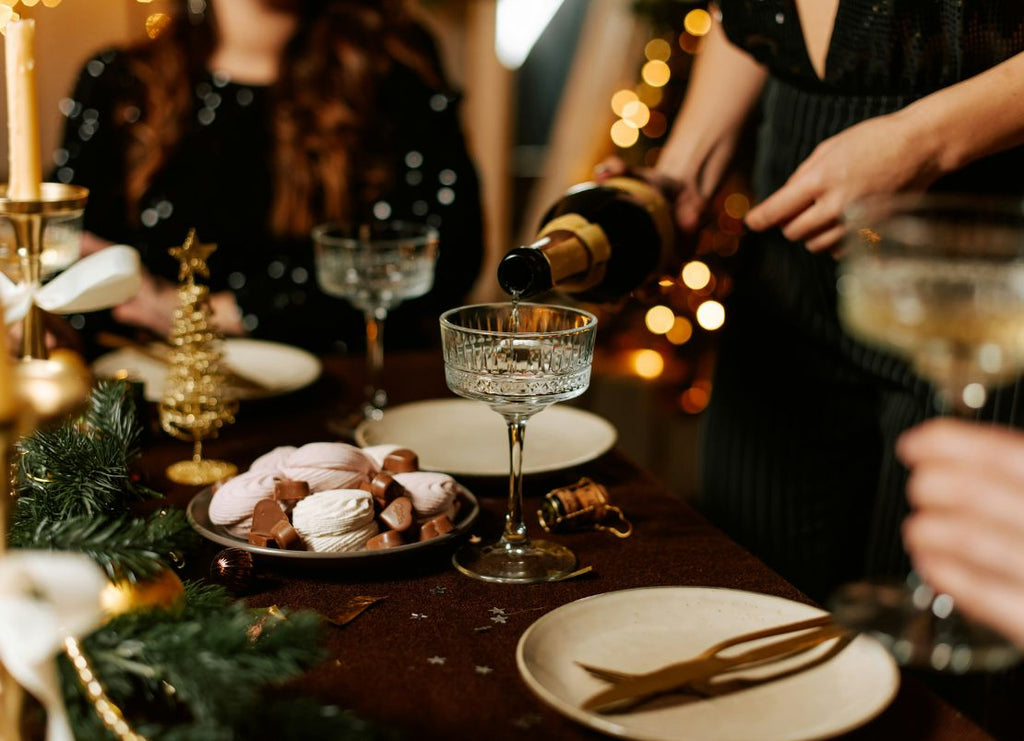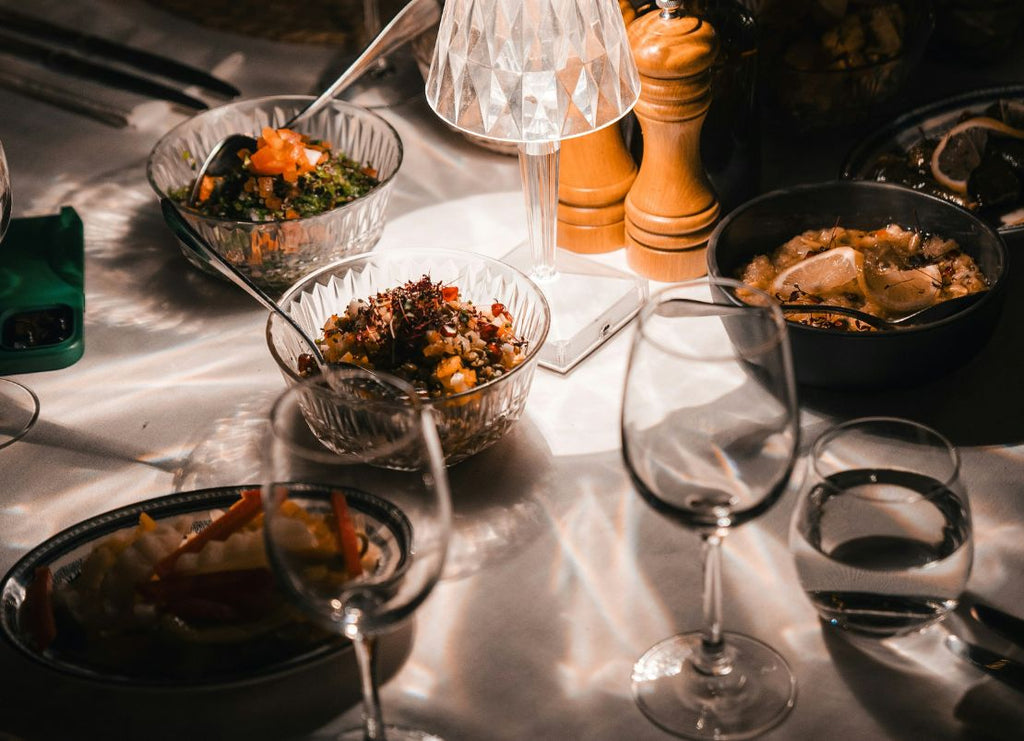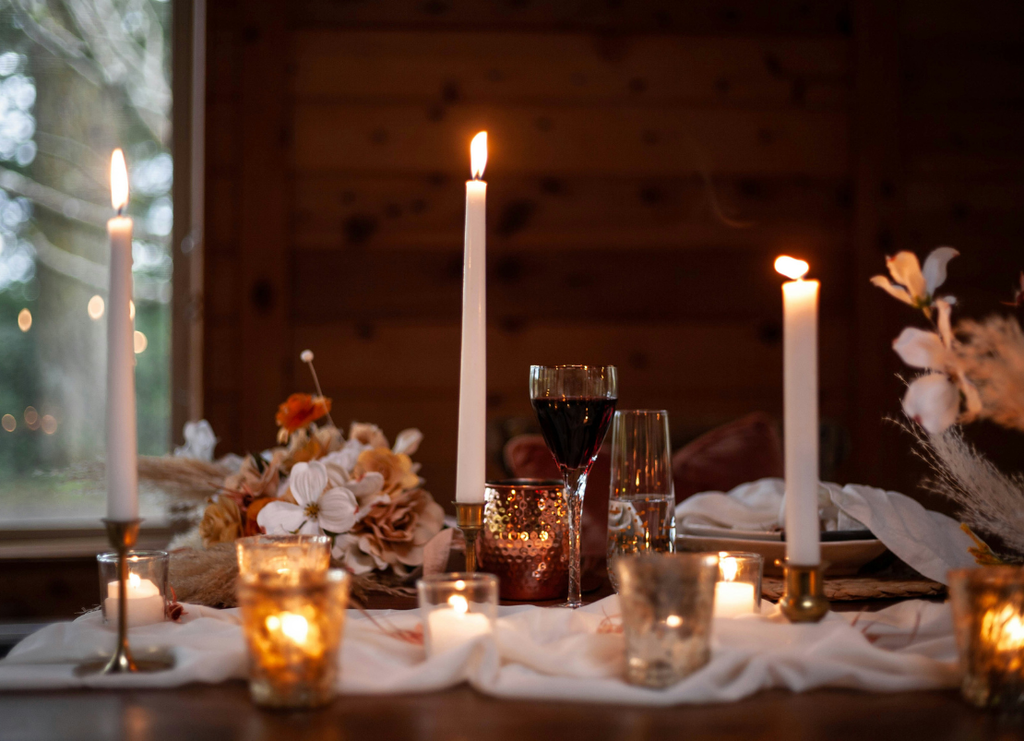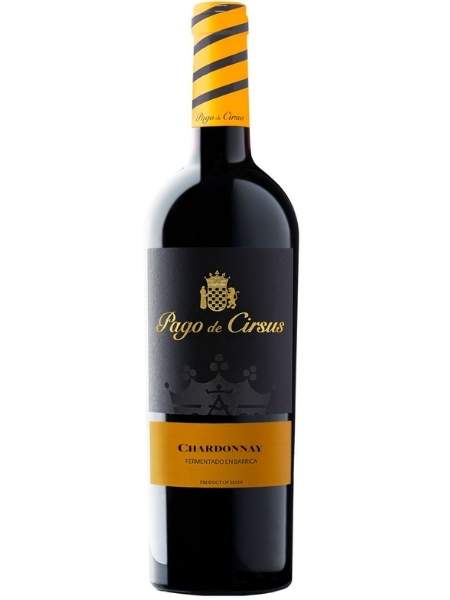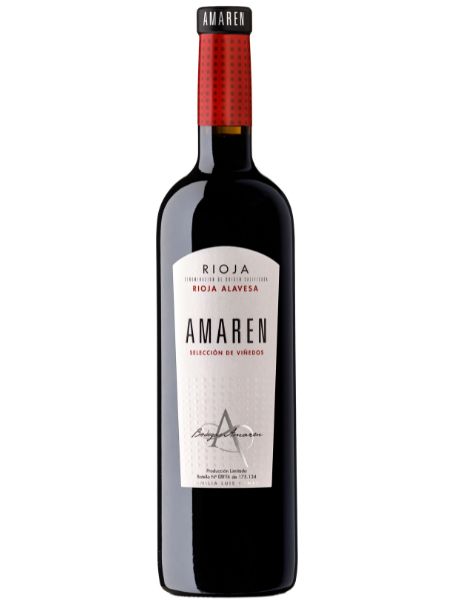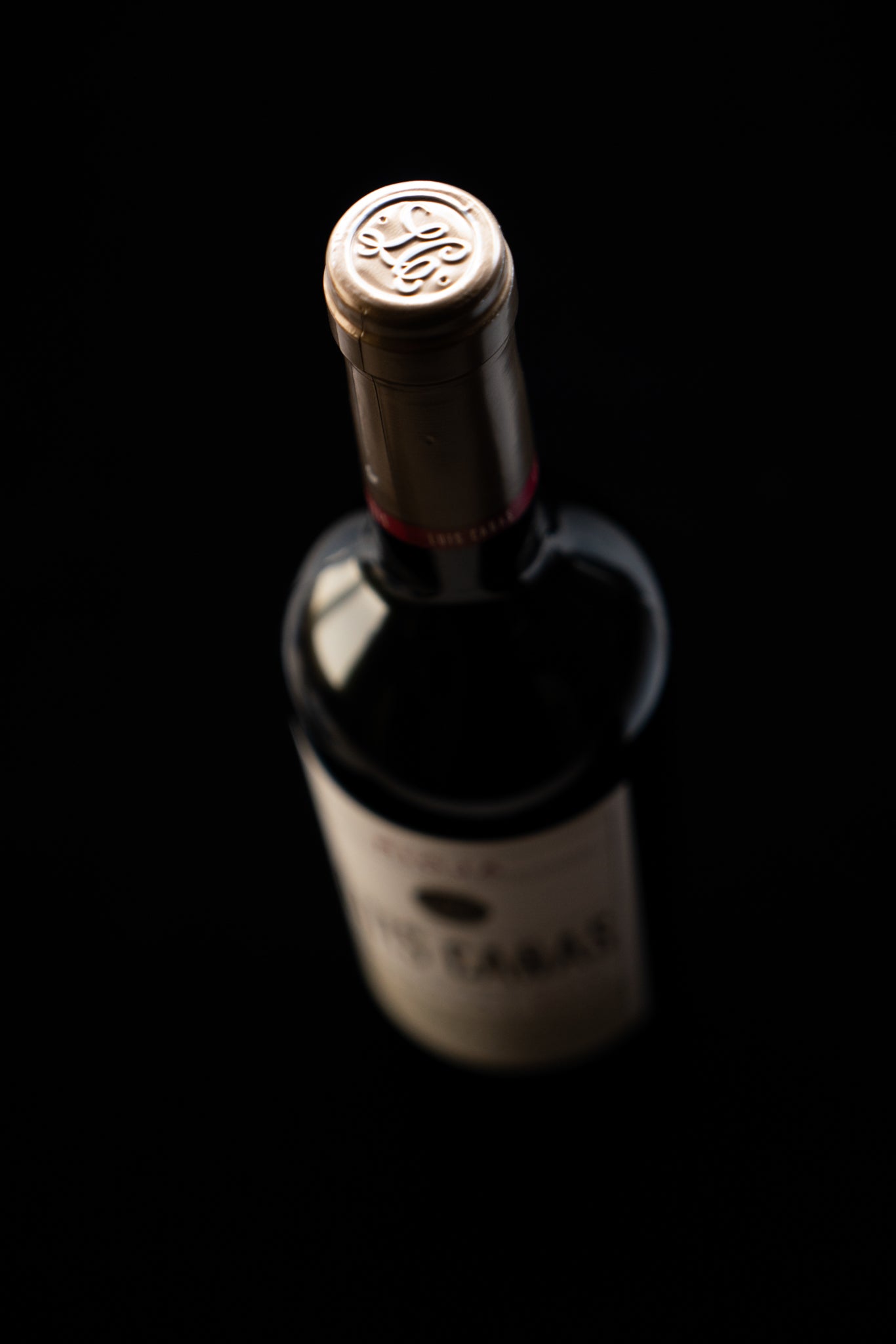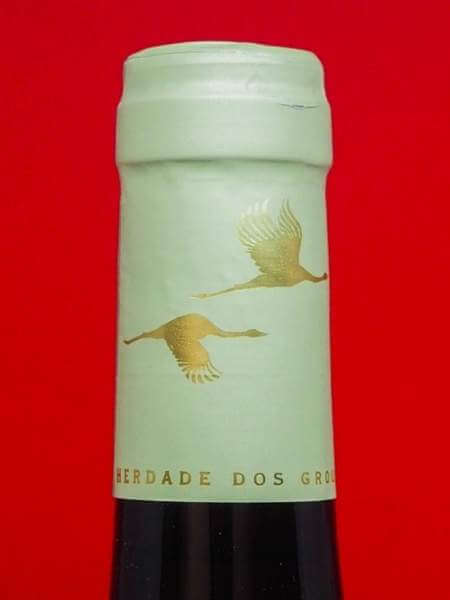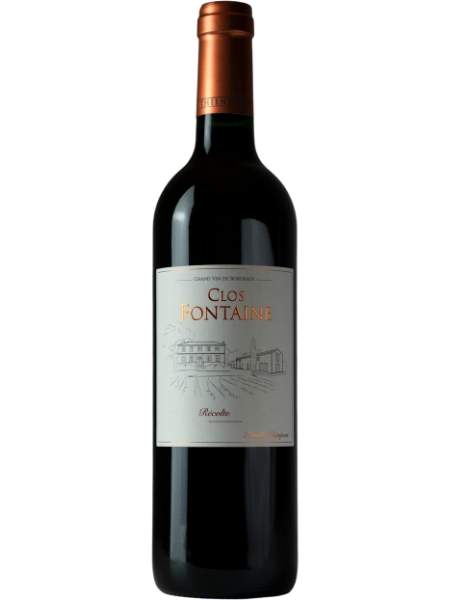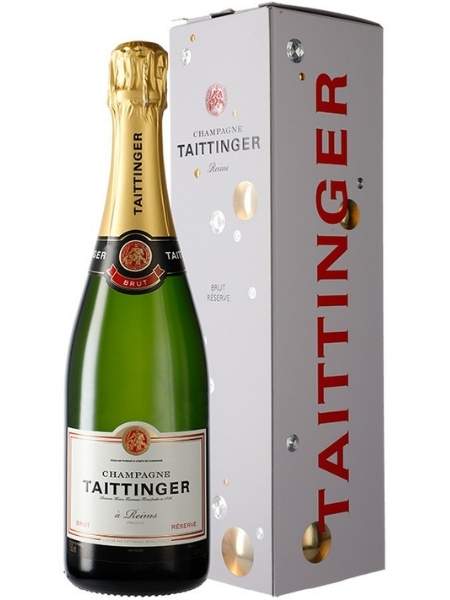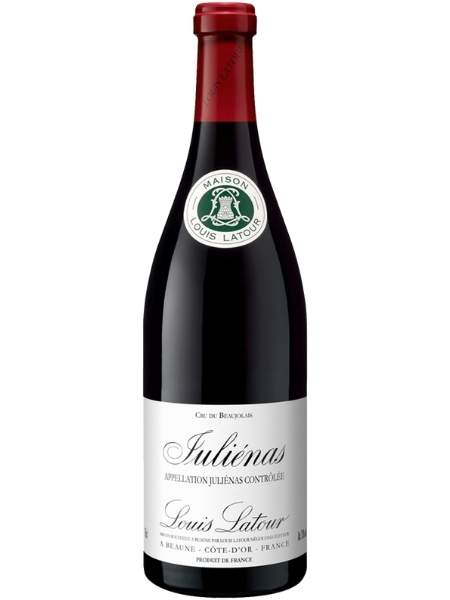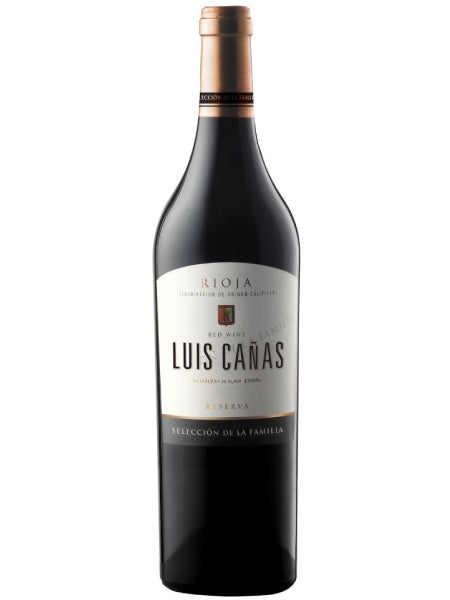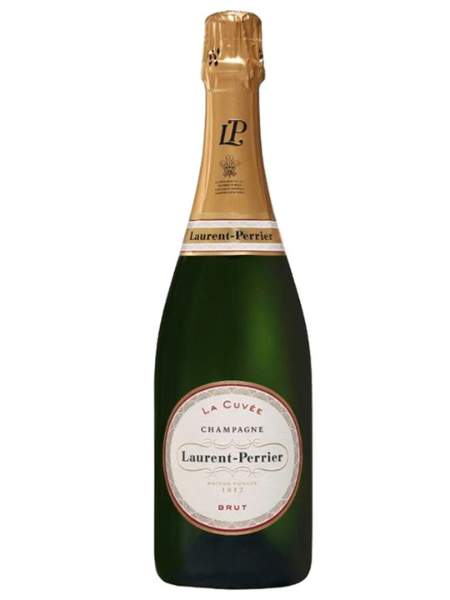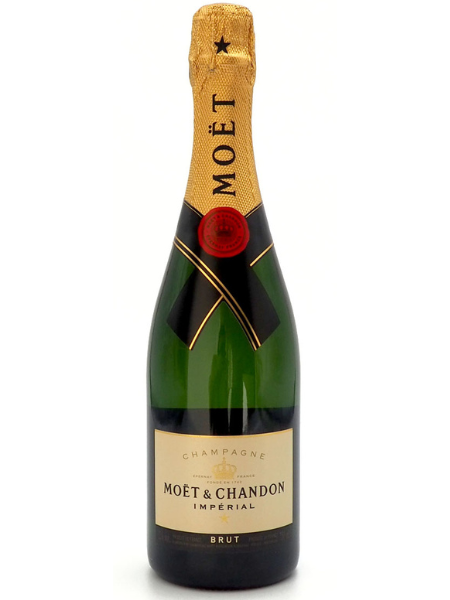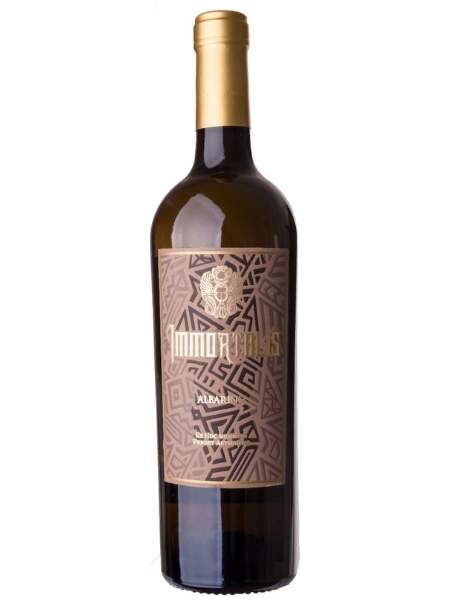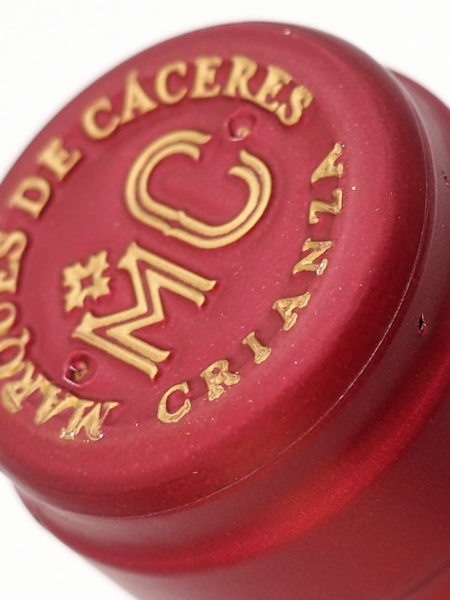
Champagne for Weddings

What Champagne is Served at the Weddings
Toasting with bubbles has always been linked to celebrations. Every time we have a party, celebration, or wedding, all the guests toast with a glass of sparkling wine.
But toasting becomes especially important when it is an essential part of the wedding day, maybe as important as choosing a wedding dress, and therefore we need to choose the right one.
Selecting the perfect bottle is a key part of planning a wedding, but it can be a hard task, with those many brands, vintages, and price tags. In this article, we will help you figure out what bottle to choose for the perfect toast.
As for the name of the best-served champagne at the wedding, there is no declared winner, but you can discover below which are the most popular choices.
Where does champagne come from?
Choosing the name of the most consumed champagne at weddings is also difficult because many people call champagne any type of sparkling wine.
Champagne is the sparkling drink that can only be produced in the Champagne region in France, made following the traditional Champenoise method.
The grapes used normally are chardonnay, pinot noir and pinot menier. Pinot gris, pinot blanc, pinot meslier and arbane grapes, can also be used, but Champagne makers rarely vinify these grapes for the elaboration of sparkling wine.
In the vineyards, the grapes are picked and vinified separately. Then, the vinification consists of two fermentation stages; in the first stage, the grapes are blended and the liquor is added, so that the second fermentation in the glass can start, and last up to 9 months.
So if you really want to serve champagne on your big day, don't confuse it with other popular sparkling wines such as cava or prosecco, from respectively Spain and Italy.
Types of champagne for the big day
There is a vast vocabulary in the world of French sparkling wine, but we will explain the most used terms so that you know what type to choose for the wedding.
The difference between Brut Nature, Extra Brut, Brut, Extra Dry, Dry, and Demi-sec is the amount of sugar contained. For example, the Brut Nature is the one that no sugar is added, Extra Brut mean that 0-6 grams of sugar are added; Brut less than 12 grams of sugar added, Extra Dry means that 12-17 grams of sugar are added, Dry means that 17 to 32 grams of sugar are added, and Demi-Sec means that 33-50 grams of sugar are added.
Choosing one or the other depends on personal taste and food associations. This is where the choice becomes difficult and the stress of getting everyone happy comes in.
A wedding always brings together a lot of different tastes and preferences, so you should either opt for different types of champagne for your guests to choose from or go with the most popular choice, a semi-sparkling one, as it will suit most guests' palates and food.
Food pairing of champagne
Reception
As we all know, champagne is for welcoming guests and/or for the dessert that ends the party.
But this isn´t a fixed rule. If your menu is extravagant with seafood or fois gras, you can even introduce champagne for different pairings within the menu.
For the guest reception opt for an Extra Dry champagne which is not as dry as a Brut because it retains a hint of sweetness.
It's ideal for whetting the appetite of guests and ideal for the small snacks that often open the party.
Main course
For the main course, we recommend pairing with a Brut Champagne because it tastes dry and has a hint of sweetness. Although it may seem a surprising pairing, champagne is a good choice if the main menu is rich in fatty foods. Champagne bubbles cleanse the palate and enhance the flavours of dishes with every sip. It is delicious with white meat dishes, fish and seafood.
Dessert
For dessert, the cake ingredients will decide the type of champagne. Opt for a slightly sweeter champagne such as demi-sec to enhance the flavours of the dessert without overpowering them. It's a safe choice whether the cake is fruit, cream or chocolate based.
And now, the hardest question.
How many bottles of champagne will you need for your party?
A bottle holds somewhere between 5-8 glasses of champagne.
The quantity you choose will depend on how you organise the menu.
Try to have a little extra stock just in case.
Vintages
The vintage of the champagne has nothing to do with the age of the bottle. Rather, it is an indication of the grape year´s harvest. There are two types: vintage and non-vintage.
Vintage Champagne
Vintage Champagne is made with all the grapes that are harvested during the same year. It is not very common that winemakers to do vintage often. On the contrary, they only do vintage champagne three or four times in a decade. They are very special and unique, and they have the year marked on every bottle. They are also more expensive than non-vintage champagne. Vintage bottles have aged a minimum of three years the bottles
Non-Vintage Champagne
Non-Vintage Champagne are sparkling wines that are made with grapes from different vintages. Given that there is more quantity, the price is also lower than the vintage ones. However, many bottles do not have vintages, as it is made of grapes that were harvested in different vintages.
The difficulty in producing Non-vintage champagne is to always obtain consistency in terms of quality. The advantage of non-vintage ones is that winemakers can test and try the different vintages to obtain the balance of flavours that they are looking for Non-vintage champagne had aged for at least 15 months in the bottle.
Price Tag
Vintage Champagnes are more expensive than non-vintage ones.
Also, depending on the brand, there are very luxury champagne houses and more affordable champagne drinks.
Champagne is a luxurious drink, and if it has the denomination of origin Champagne, it is already a mark and symbol of quality, as it can only be produced in one region in the world.
The most famous Champagne wineries include names such as Dom Perignon, considered the father of Champagne, Moët & Chandon, Taittinger, Laurent Perrier, and Bollinger, among others.
If you need customised offers for your wedding, don't hesitate to write or call us and we can help you choose the right bottles, as well as adapt to your budget.
Our recommendations for weddings
Taittinger Brut Reserve Champagne brought to 8º and 10ºC is the excellent choice for your guests' reception. It is one of the best champagnes in France. Made with a blend of Pinot Noir and Chardonnay, it has an excellent balance of fruit and bready notes.
It has a lively and fresh taste. The balance achieved between acidity and creaminess will whet the appetite of your guests leaving them with a pleasant, lasting aftertaste. The best way to open an unforgettable wedding.
If you're opting for an aperitif or main course to pair with champagne, Champagne Moet & Chandon Imperial is a safe choice. It has a seductive palate and a special elegance.
The blend, which includes over 100 different wines (20-30% of which are reserve wines, selected for maturity, complexity and consistency), reflects the diversity and complementarity of the three grape varieties: Pinot Noir , Pinot Meunier and Chardonnay.
It is a champagne that can pair well with foie gras, creamy aperitifs, white meat, fish or seafood dishes.
And to end your party in style, opt for Champagne Laurent Perrier La Cuvee for your wedding dessert. It has a bright straw-yellow colour, a creamy foam and fine, persistent bubbles. The nose opens with intense aromas of yellow fruits and black cherries.
The palate reveals a fresh and fleshy sparkling wine that will accompany the carefully chosen flavours of your dessert without masking them in any way.
Laurent Perrier Brut La Cuvee Champagne is made from a blend of hand-selected Pinot Noir, Chardonnay and Pinot Meunier grapes from the famous French Champagne region.
Choosing this champagne is a safe choice to impress your guests!
Of course, you can discover a wider selection of sparkling wines in our store. If you have any doubts about which sparkling wine to choose for a wedding or a special occasion, don’t hesitate to contact us at hello@disndis.com and our team will help you choose the perfect sparkling wine with offers customized to your budget.
See you next time, wine lovers,
Dis&Dis Team

